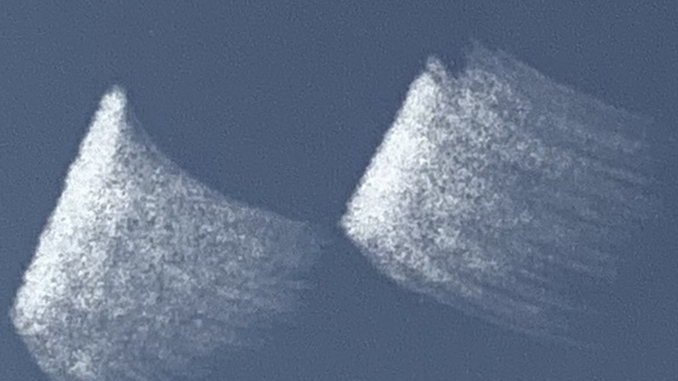
Nationalism was a European concept introduced when empires were coming asunder in the aftermath of World War I. Rabindranath Tagore, who bequeath India its national anthem, warned against nationalism, calling it “a great menace” and “at the bottom of India’s troubles” (1917). The philosopher Karl Popper (1962) rejected nationalism saying it lacked scientific objectivity, and national self-determination could degenerate into ethnic terrorism and totalitarianism. Furthermore, nationalism carried seeds of further disintegration of the nation, as there would always be a sub-group that would, on the same principle of ‘national self-determination’ logically seek a separate nation, ad-infinitum.
Thus the six diacritic dots (nuqtas) in the calligraphic composition:
One nuqta = Undivided India
Two nuqtas = India & Pakistan
Three nuqtas = India, Pakistan & Bangladesh. —H. Masud Taj.
![]()
“The undivided India would have 1.8 billion people today, about one-third Muslim and two-thirds Hindu. That would guarantee both groups would be represented in every government and in most political parties…The big India would not have wasted 75 years on high defence spending (each country has about 160 nukes), and there would be no risk of nuclear war. All those energies would have been devoted to civilian priorities, and united India might already rank as a developed country. Might-have-beens.” Gwynne Dyer
********
H. Masud Taj is the architect of the War Memorial for the Indian Navy commemorating Indian sailors who died aboard INS Khukri (the only Indian Navy ship to be ever lost in combat) during the Indo-Pakistan War of 1971.
This author in The Beacon

Leave a Reply